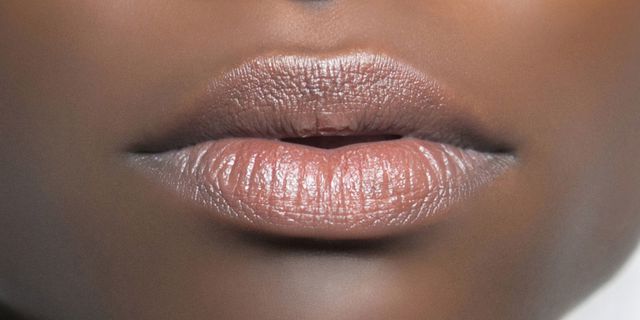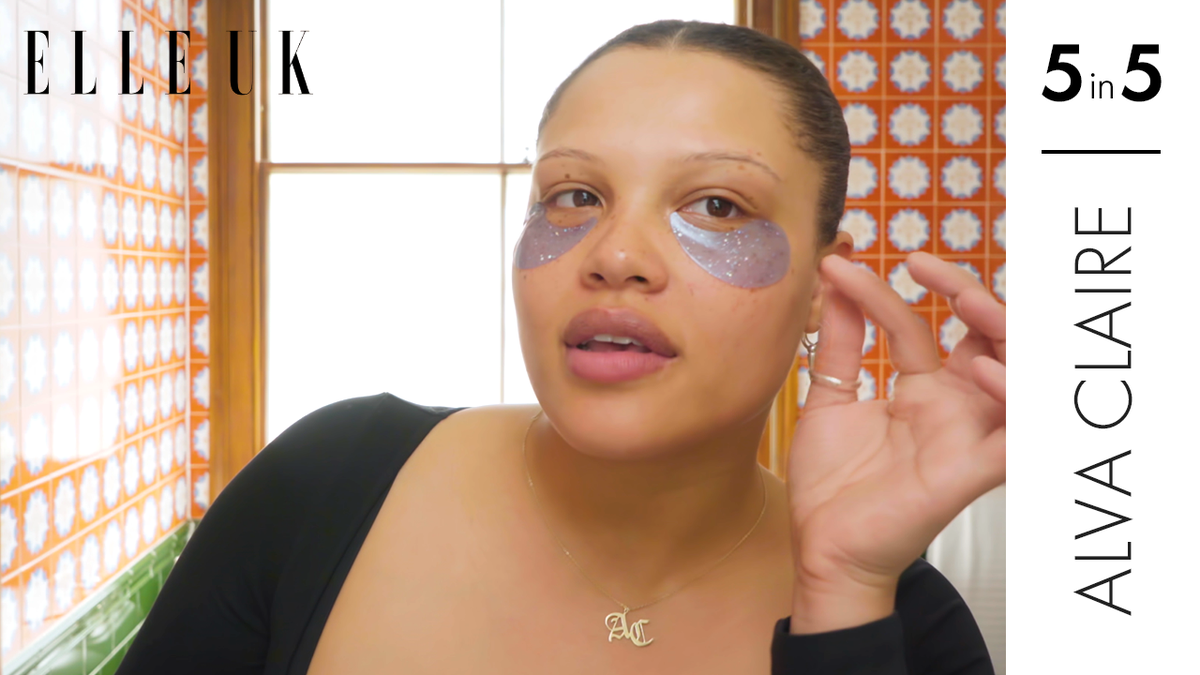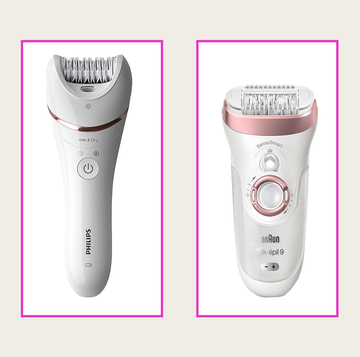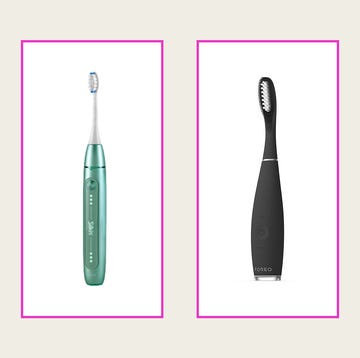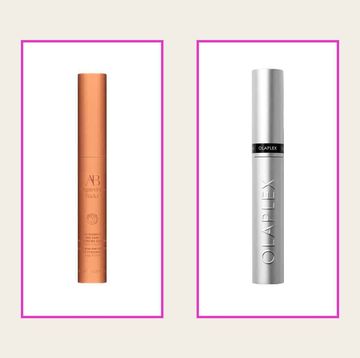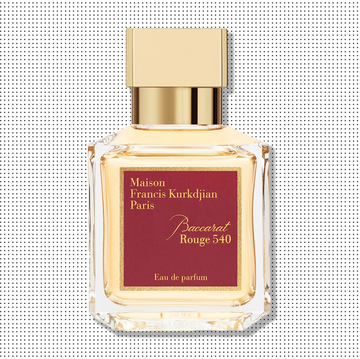Dry, cracked lips are a sure-fire sign that winter is in full swing, and sometimes it can seem that no amount of lip balm can help. Well-hydrated lips look pink and full - a reflection of the fact that there is sufficient moisture within the covering layer of skin to keep the cells plumped up and avoid the appearance of surface cracks and fissures.
Compared to skin, our lips have a much thinner layer of cells called keratinocytes, making our lips especially vulnerable to dehydration. They also lack a layer of cells called the stratum corneum - which basically contains fatty molecules such as ceramides, that help to protect against water loss.
It is estimated that the rate of water loss occurs THREE times faster from the lips than from other areas of the skin.
Cold weather provokes a local inflammatory response in the lips. This inflammation promotes moisture loss and leads to cell damage in the lips. In turn this makes the lips look scaly and chapped. Scaling and redness may also extend to the skin above and below the lips.
One of the best ways to prevent this is to create an artificial barrier with an emollient, which creates a protective barrier over the skin and traps in moisture. But not all lip balms are equal - and some do not contain emollients: look for ingredients like lanolin, shea butter and cocoa butter.
